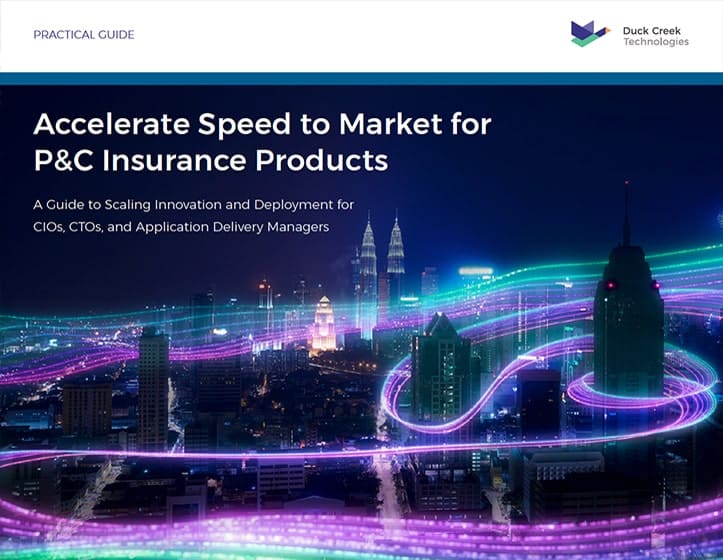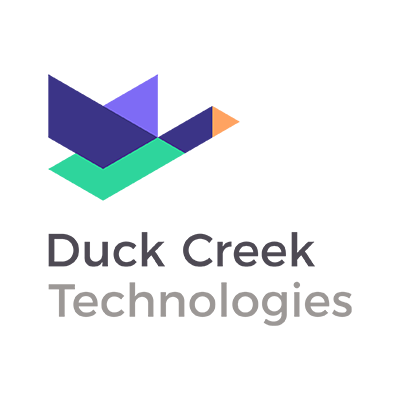Not long ago, loss control was a reactive, compliance-driven function limited to the riskiest 10% of your policyholders. This narrow focus created a major blind spot, missing opportunities to manage risk and build loyalty across your entire book of business.
Today, thanks to digital innovation, that outdated model is a thing of the past. The industry is now moving beyond manual processes to embrace a data-driven approach that transforms loss control from a cost center into a powerful engine for loyalty and profitable growth.
Now that you’ve seen the potential of digital loss control, the rest of this blog will serve as your blueprint for success. We’ll explore the key strategies and technologies you need to implement to turn loss control into a competitive advantage, driving measurable ROI and long-term customer loyalty.
The Digital Shift: A New Era for P&C Loss Control
What if your loss control program could do more than just manage risk? What if it could become a powerful driver of growth and customer loyalty? The days of viewing loss control as a mere compliance activity are over. Modern P&C insurance technology is transforming it into a strategic growth engine.
From Manual to Modern
Manual inspections, paperwork, and onsite visits limited loss control reach. Today, cloud platforms, AI-enabled surveys, and virtual inspections enable risk teams to extend services across a much broader base, reserving tailored interventions for high-risk cases. (Swiss Re Institute. The Economics of Digitalization in Insurance: New Risks, New Solutions. September 2023)
From Cost Center to Profit Center
Digital-first loss control drives measurable ROI. Real-time risk platforms, combining predictive analytics in insurance and insurance automation have enabled insurers to reduce loss frequencies into the single digits and maintain loss ratios in the mid-teens (especially in transportation and cargo lines). These tools also streamline underwriting and enhance customer engagement. (Insurance Thought Leadership. Real-Time Digital Risk Management. September 27, 2022.)
From Reactive to Relationships
Customers now expect proactive risk management, not just claims service. Analytics and data-driven guidance build trust and renewal. A report from Gallagher Bassett (a global third-party administrator [TPA] specializing in risk and claims management solutions) notes that predictive analytics support both micro-level claim decisions and macro-level program performance, enhancing customer satisfaction and retention. (Gallagher Bassett. How Data and Analytics Are Shaping Risk Management. September 23, 2024.)
The Digital Loss Control Flywheel: The Self-Reinforcing Path to Growth
What if every single action your team took didn’t just solve a single problem but created momentum for the next? Picture a world where your risk team’s proactive guidance immediately informs underwriting, which then leads to fewer claims, and builds unparalleled loyalty.
Digital loss control software is the engine for this reality. It creates a powerful flywheel effect, where each step reinforces the next to build lasting growth, loyalty, and profitability.
- Expand Reach. Protect Your Entire Portfolio. Digital platforms make it possible to deliver loss control services to an estimated 60 to 80 percent of the policyholder base, not just the highest-risk accounts.
- Engage and Educate. Empower Clients to Manage Their Risk. Virtual surveys, personalized insights, and client-facing dashboards help policyholders better understand and manage their risks.
- Act on Data. Minimize Costly Claims. With early warnings and data-driven recommendations, insurers can intervene before exposure leads to costly claims.
- Increase Loyalty. Retain Customers. Ongoing, visible support builds trust, improves satisfaction, and strengthens policyholder retention.
- Improve Strategy with Data. Fuel Smarter Decisions. Each interaction generates insights that feed back into data-driven underwriting, segmentation, and future loss control targeting.
The Future-Focused Carrier’s Blueprint
The transformation to digital loss control is not just a theory—it is a proven reality. The result is a self-reinforcing cycle that makes risk management smarter, more proactive, and more valuable with every rotation.
Forward-thinking insurers are already leveraging these advanced platforms to drive measurable business outcomes. They are consistently reporting key results that turn a once-limited function into a powerful engine for profitability and growth.
Insurers embracing digital loss control report:
- Broad coverage, with the ability to touch 60% to 80%+ of policies (user reported)
- Data-driven intelligence integrated with underwriting and claims
- Lower claim frequency and better loss ratios
- Boosted loyalty from proactive, transparent service
The Proven Path to Profitability
The transformation of loss control is complete. It has advanced from a static, compliance-driven function to a dynamic source of strategic value. This change is no longer optional—it is a measurable path to profitability and a necessary step for any insurer committed to securing their place in the future of the industry.
Ready to turn your loss control program into a competitive advantage? Download our new whitepaper, Loss Control as a Competitive Advantage, to learn how leading insurers achieve 20% fewer claims and 18% higher client retention.





